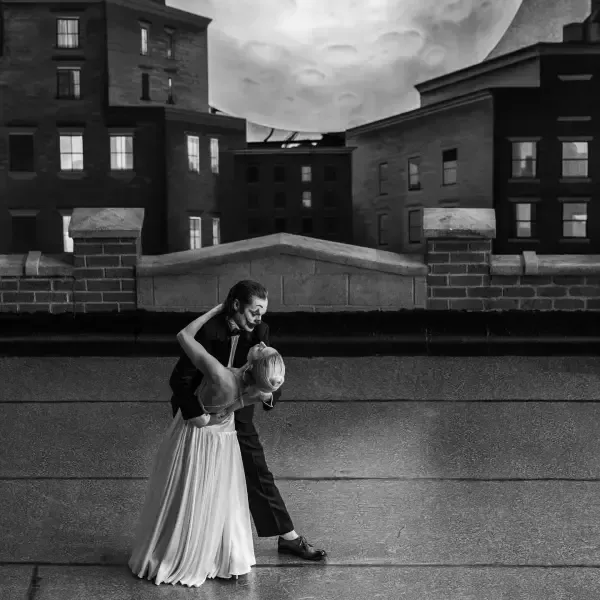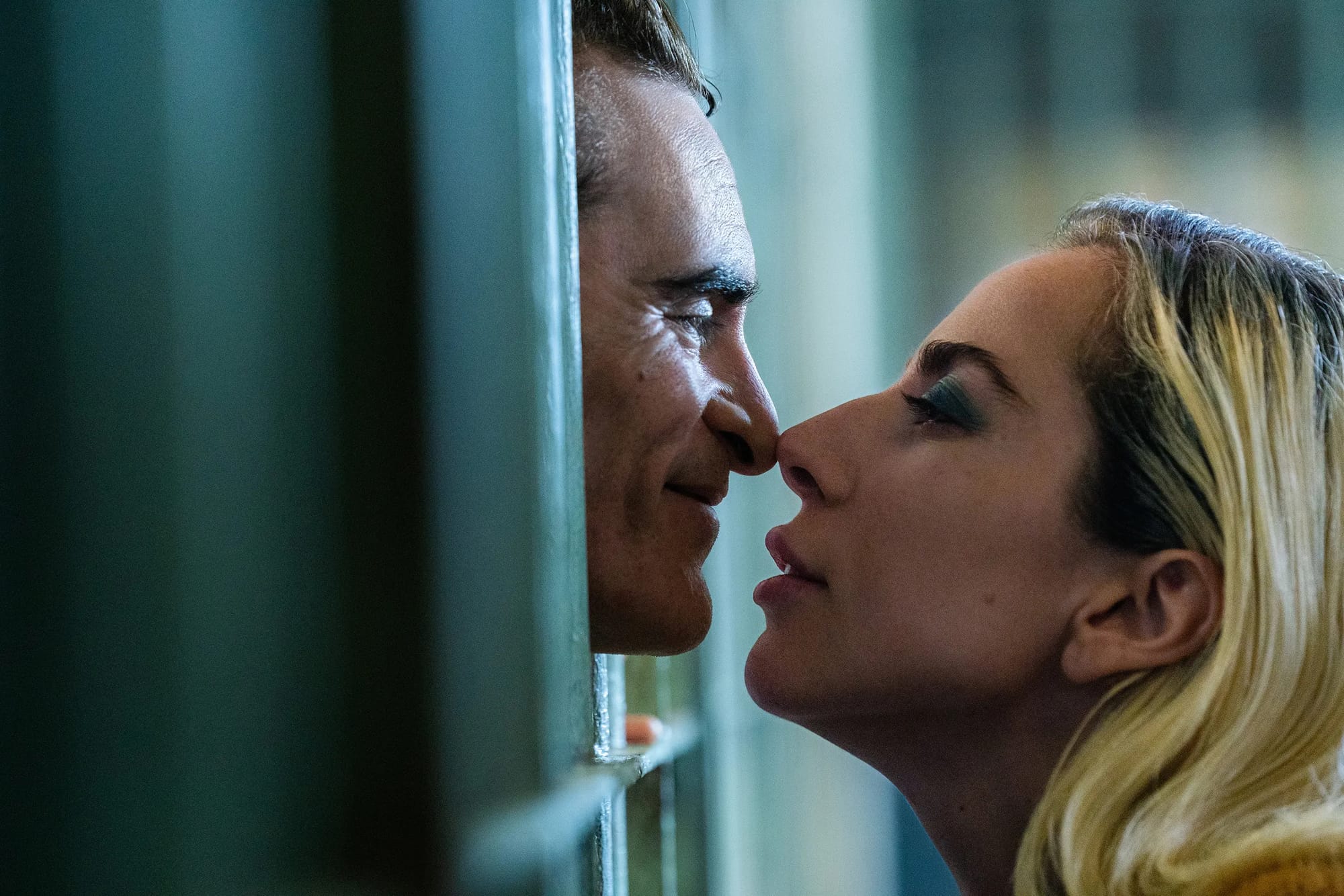By Kaitlyn Bolger, Second Year, Politics & International Relations
The long-awaited sequel of the award-winning ‘Joker’ has finally arrived, and the reception is polarised to say the least.
Picking up from where it left off, the tale follows Arthur Fleck (Joaquin Phoenix) facing the repercussions of murdering 6 people on a psychotic killing spree that lands him the public title of ‘the Joker’. The sequel focuses on Arthur’s consequential trial whilst he resides in Arkham Asylum, where he meets his Harley – ‘Lee’ – Quinn (Lady Gaga) who presents as a complicatedly dark, unreachable character. Amid the disastrous reviews and 33% Rotten Tomatoes score, it seems that Todd Philips has something to say whether the audience like it or not - and he intends on making his point stick.
The film takes the form of a musical, but not in the way you would expect. The 12 jukebox musical numbers intriguingly centre around Arthur and Lee, sporadically singing either to or about one other. This delicately highlights the uncomfortable mania within Arthur – accompanied by Joaquin’s scratchy, sub-par voice - and his tendency of escapism from the gruelling reality of the life that he leads. Lee’s involvement in the music is an ode to the connection that they have but, more prominently, the fantasy of their unhealthy obsession with one another. Both seem to connect most when they are earnestly - and honestly quite awkwardly - singing at each other, depicting a dream-like relationship based on romanticisation. Whilst Arthur is enthralled with having the attention of another warm body, Lee is strategic in courting the infamous ‘Joker’ with whom she, alongside the public, is captivated by. Through the music, a picture of two lonely, unstable individuals yearning for attention is cultivated.

What makes the film so eerie, and capturing, is not only the tense underscores and relentless haze of cigarette smoke, but the relevant political commentary interwoven into Arthur’s story. As an extension of the first film, there seems to be a critique on institutional failure: originally Arthur is abandoned by Social Services and sent back to his abusive mother as a child and isolated from society due to his poverty and laughing disability. In the sequel, he is abused by the Asylum Guards and further ostracised by the Judicial System throughout his trial. This critique takes centre stage in explaining that Arthur was not born to become ‘the Joker’, he was driven to it by the institutions that should have helped him. This is where the most controversial distinction lies: The esteemed Joker is not a true villain, he is just a lonely man driven to anguish by the systems that have failed him.
Suitably, the exploration of mental illness is continued from the original. A Looney Tunes style cartoon (titled ‘Me and My Shadow’) of the event that led to Arthur’s arrest separates Arthur from the violence that he as ‘the Joker’ inflicted. It’s as if it was out of his control. This introduces the technique that his legal defence use: A split personality resulting from trauma. Arthur is distinguished as separate from the Joker, and therefore the film becomes a character study of Arthur’s true insanity. Yet, the public in Gotham and the audience are only interested in ‘the Joker’ and the chaos that he represents. This is what makes the story so tragic; the Joker is a way to finally become visible, yet it feeds his inability to separate reality from escapism. Philips boldly points out a contemporary facilitation of mental illness by a sensationalist public for their own entertainment. Arthur is martyrised by those seemingly marginalised in Gotham City. This, I think, is the main disconnect between the audience’s expectations and Philip’s overarching point: ‘There is no Joker’, but a mundanely pitiful, abused man.
The ending feels unsatisfying as it cunningly guides the tragic story of Arthur to a fitting denouement. Multiple avenues of outcome are flirted with that would have made sense as an ending, yet - in the last few minutes of the 138-minute picture - an unexpected twist occurs, leaving the larger audience disenchanted. . It is not the ending that we want, but it is an ending that makes sense in this Shakespearean-esque twist on the story of the classic DC villain. This is the art of the film: for a study of a character who has lived a persistently dissatisfying life, there is an aptly disheartening and dissatisfying ending. The last joke is on the audience for expecting anything but tragedy. Whether you like it or not, the amalgamation of visually mesmerizing cinematography, gripping motifs of brutal realism, and masterly acting performances makes for a compelling film. As Gaga repeatedly sings: ‘that’s entertainment’.

Featured Image: Courtesy of Warner Bros.
What did you think of the controversial sequel?








